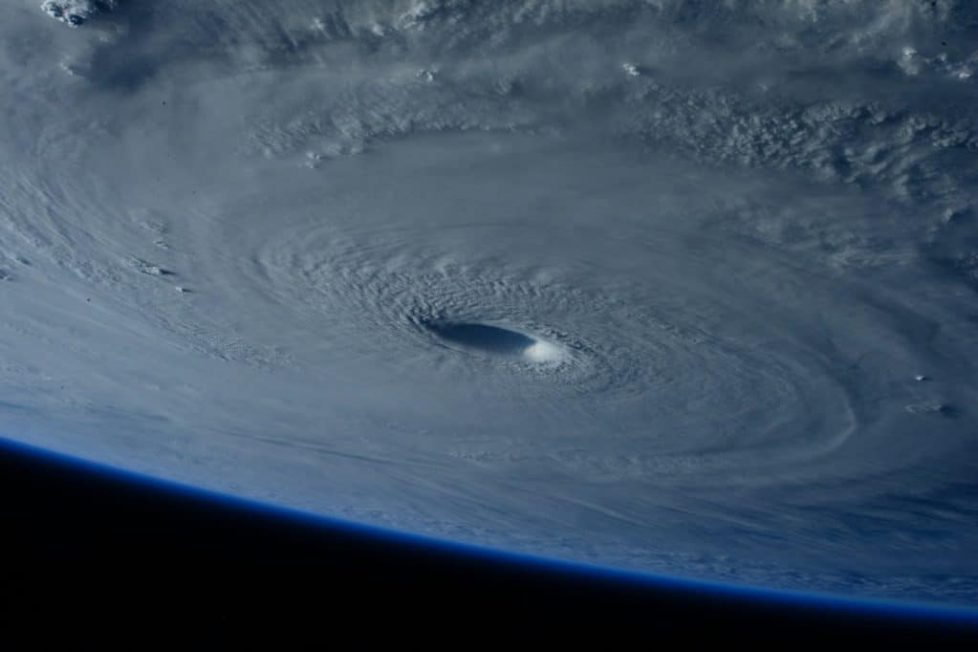AI’s First Big Test; Predicting the Path of a Major Hurricane – John Bryant


This is a crucial test with how AI handles Hurricane Forecasting
The introduction of AI models is causing a groundbreaking shift in weather forecasting. This scenario is not just another weather event as a powerful hurricane approaches less than a week from landfall. It serves as a pivotal test for AI-based weather models compared to traditional physics-based ones. This test is crucial for validating the accuracy of AI models and enhancing our preparedness and response strategies in the face of natural disasters, providing a sense of security and preparedness.
Traditional weather forecasting relies heavily on physics-based numerical models that use vast amounts of data and complex equations to simulate atmospheric processes. These models have significantly improved over the decades, providing relatively accurate short term forecasts. However, the emergence of AI models marks a new era. AI models, particularly those that rely heavily on machine learning (ML), are trained on extensive historical weather data to identify patterns and make predictions without explicitly following the laws of physics.
AI weather models offer several distinct advantages, instilling a sense of confidence in their efficiency. First, they can process and analyze data much faster than traditional models, delivering forecasts in minutes rather than hours. This speed is critical during rapidly evolving weather events like hurricanes. Secondly, AI models can run on less computational power, making them more accessible and efficient. For example, Google’s Graph Cast and Huawei’s Pang Weather models have shown promising results, providing accurate medium-range forecasts with fewer resources.
As the first real test of AI models with a significant hurricane unfolds, it is imperative to monitor these models closely. Traditional models have set a high benchmark with their proven accuracy and reliability. However, AI models are expected to surpass these benchmarks, particularly in predicting the hurricane’s track more precisely by analyzing large scale atmospheric patterns.
While AI models like those from Google DeepMind and ECMWF’s new forecasting systems have demonstrated potential, they are still in their infancy. For instance, the current European test model aims to predict the hurricane’s path and intensity with higher accuracy by leveraging AI’s ability to assimilate and learn from vast datasets rapidly.
Despite the promise, AI models are not without challenges. One significant issue is their tendency to underpredict the intensity of extreme weather events. This is partly due to how AI models are trained to minimize overall prediction error, which can result in smoothing out extremes. Additionally, integrating probabilistic forecasts remains a hurdle. AI models must accurately quantify uncertainties to provide reliable predictions, a task that traditional ensemble methods excel at but are computationally intensive.
Given these factors, it is crucial to approach AI-based forecasts with optimism and caution. Continuous monitoring, validation, and comparison with traditional models are essential to ensure their reliability and accuracy. The data gathered from this test will be invaluable in refining AI models and enhancing their predictive capabilities for future weather events.
The ongoing test of AI weather models against a formidable hurricane is a significant milestone in meteorology. While AI holds the potential to revolutionize weather forecasting, its effectiveness must be rigorously evaluated against traditional models. As we gather and analyze data from this test, we move closer to a future where AI can provide faster, more accurate, and more reliable weather forecasts, ultimately helping to save lives and protect property.
I am watching this one carefully and will provide frequent updates as we witness history with the dawn of Artificial Intelligence and weather forecasting.
